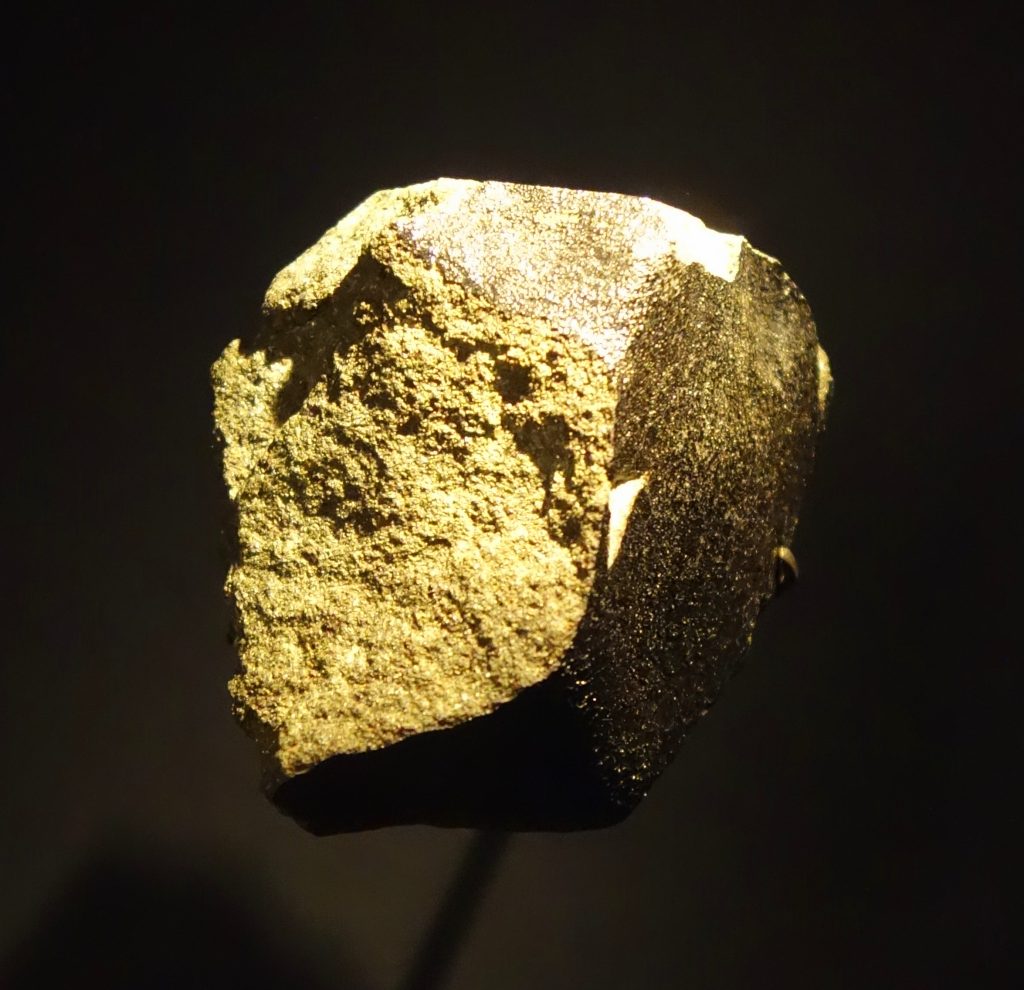
Two billion years ago, a chunk of Mars began a journey that would bring it to Earth, and inside that meteorite, researchers have now found pieces of human-like DNA-a finding that forces a rethink of where life’s blueprint may have first been written.
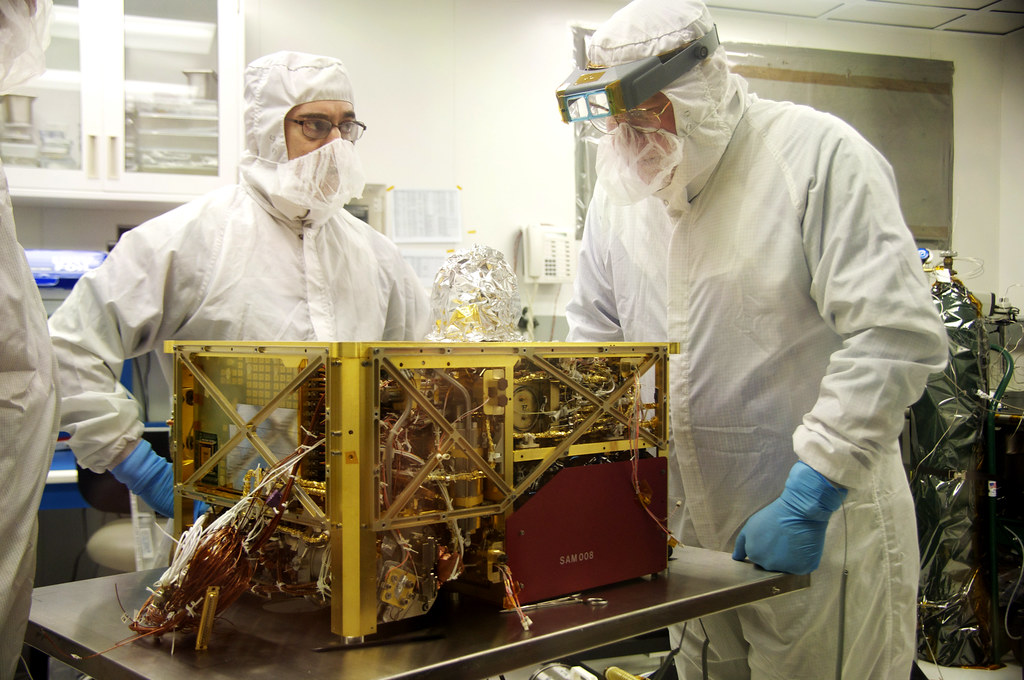
1. Ancient Genetic Clues in Martian Rock
Its amino acids and organic molecules, the chemical building blocks of life, were preserved despite their immense age. Such compounds present in the laboratory analysis indicate that long before Earth’s biosphere had matured, the building blocks of DNA were forming on Mars. As Dr. Jason Dworkin with the NASA OSIRIS-REx mission summarized, “Bennu is basically a pantry full of ingredients. But it wasn’t quite the right conditions to make a cake. On Earth, we have cake, and we don’t know why.”
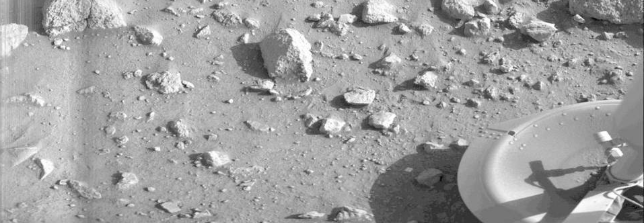
2. Early Cooling Advantage of Mars
Geological evidence shows that Mars cooled and stabilized long before Earth did, which could have given it a head start for life. “Mars cooled faster than Earth, so it might have been ready for life sooner,” said Professor Paul Davies of Arizona State University. “It’s entirely possible we’re all descendants of Martians.” This process may well have allowed the construction of primitive microbial ecosystems on Mars long in advance of when the surface of Earth was ready.

3. Panspermia Pathways Across the Solar System
The discovery gives credence to a theory called panspermia that describes how life could be transferred between worlds. A collision might kick meteorites, comets, and interplanetary dust out of the gravity of a planet, carrying frozen molecules or even hibernating microbes along with them. “The fact we’re finding that stuff can be kicked out of one planetary system and make its way to another shows it’s not impossible. It’s rare, but it’s not crazy,” said Fred Ciesla, a planetary scientist.

4. Chemistry from Interstellar Clouds to Asteroids
The laboratory experiments at NASA Goddard Space Flight Center were able to show that amino acids, such as glycine, could have originated in interstellar molecular clouds from which these organic molecules were transported onto asteroids. These are the types of molecules that could survive inside an asteroid and retain their relative abundance over billions of years. Resilience on this order supports the hypothesis that Mars inherited prebiotic chemistry transported from the same cosmic sources that seeded Earth.

5. Mars Surface-Unique Catalysts
According to research led by Professor Steven Benner, the borate and molybdate-catalysts so essential for the building of RNA-were abundant on Mars but in short supply in early Earth. These minerals prevent the organic molecules dissolved in water from degrading into tar and allow them to come together in ribose, a key RNA building block. Again, this points toward Mars as a cradle for early genetic chemistry.
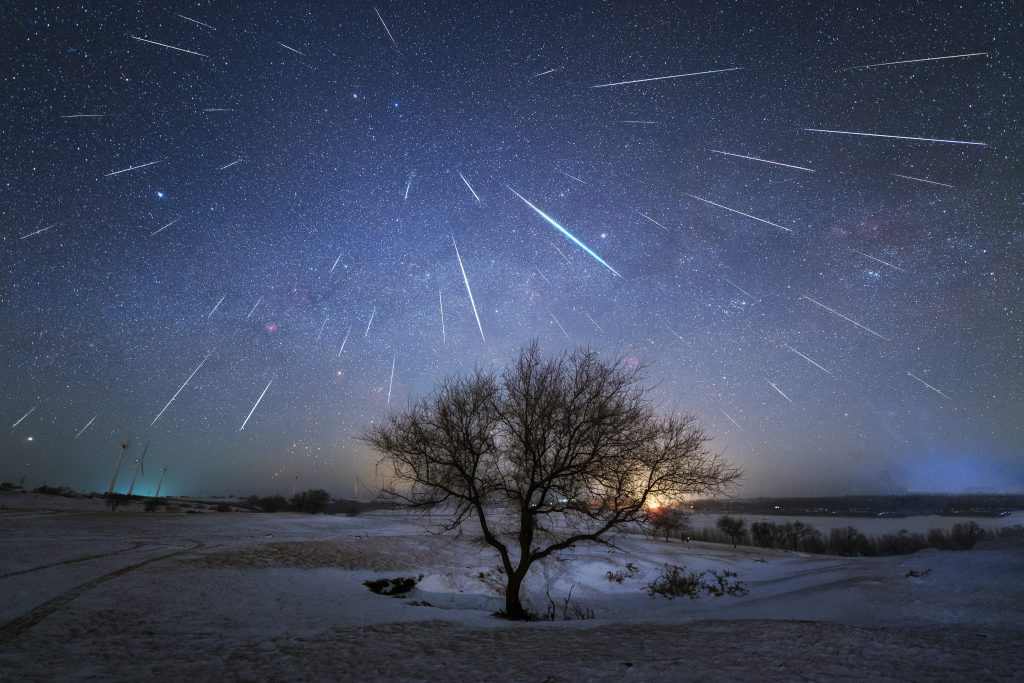
6. Survival of Life During Interplanetary Transfer
Experiments and models indicate that some forms of extremophile bacteria, such as Deinococcus radiodurans, could survive violent ejection from Mars and the journey of several months to years in space if embedded in rock. So far as this pans out, robustness of this nature would make migration of viable life forms, rather than just molecular precursors, quite plausible as a mechanism for cross-planetary seeding.
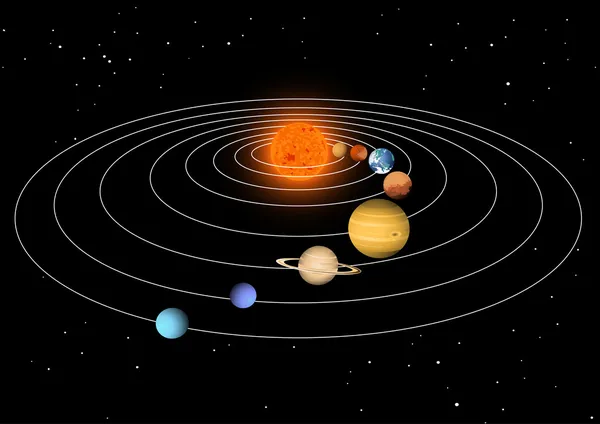
7. Late Heavy Bombardment as a Delivery System
The Late Heavy Bombardment showered the inner solar system with asteroids in a window between 3.8 and 3.9 billion years ago. Models indicate these impacts could have delivered not just water but also organics to Earth via Mars or another body. Asteroids back in that time would have had much higher water content than today, thus serving as effective carriers both for hydration and for prebiotic chemistry.
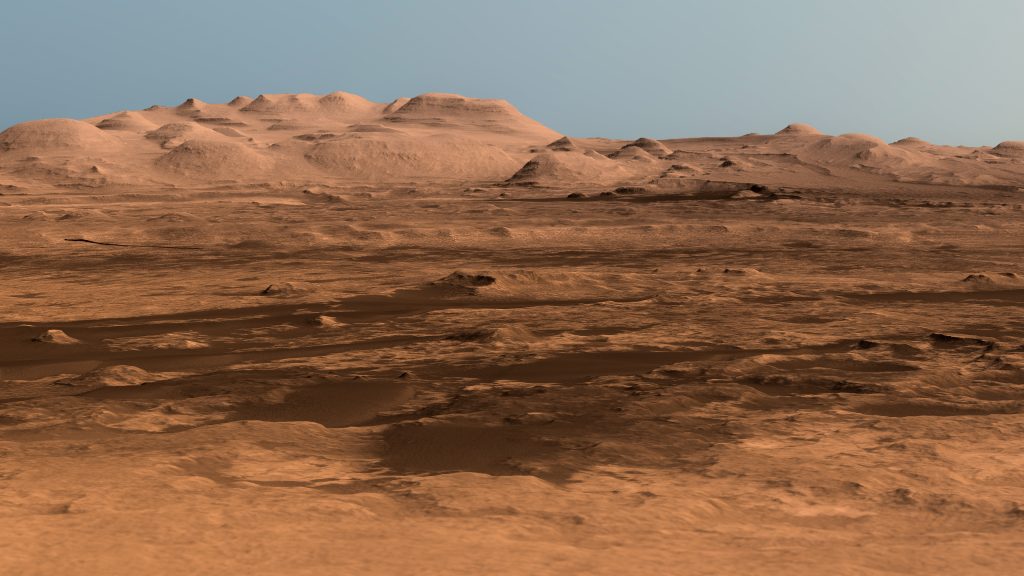
8. Changing Martian Climate and Biosignature
Preservation The sedimentary rocks, carbonate-rich, newly discovered in the Gale Crater by NASA’s Curiosity rover, record a complex history of wet-dry cycles and cryogenic saline conditions. These could be environments that would trap and preserve biosignatures, protecting them from surface oxidation and radiation. Such carbonates illustrate extreme evaporation, conditions that will lock organic molecules into mineral matrices for geological timescales.
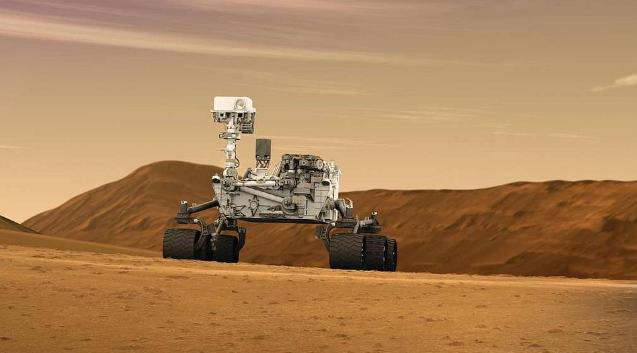
9. Engineering the Search for Ancient Life
ESA’s ExoMars rover will dig into the Martian subsurface for samples that might be shielded from extreme surface conditions down to 2 meters. It will be equipped with the MOMA-the Mars Organic Molecule Analyzer-and the Raman laser spectrometer, for analysis of sites such as Oxia Planum, selected for their potential preservation of ancient biosignatures.
Convergence of these pieces of mineralogical evidence, interstellar chemistry, cooling of the planet models, and mechanisms for impact delivery provides a narrative wherein Mars may have written the first chapters in the story of life. In a cosmic transfer of ingredients, and possibly even of living cells, those chapters continued on Earth.


